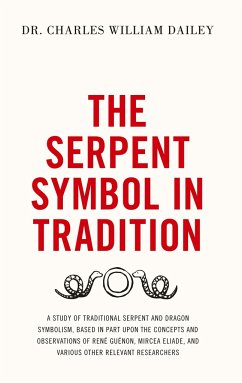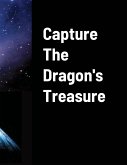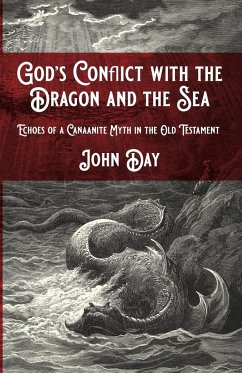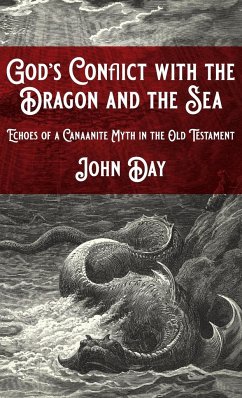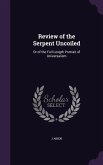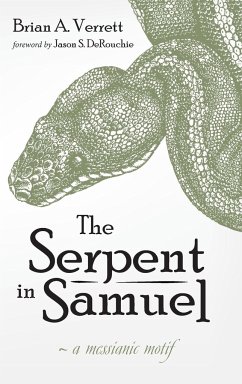Serpent and dragon symbolism is ubiquitous in the art and mythology of premodern cultures around the world. Over the centuries, conflicting hypotheses have been proposed to interpret this symbolism which, while illuminating, have proved insufficient to the task of revealing a singular meaning for the vast majority of examples. In The Serpent Symbol in Tradition, Dr. Dailey argues that, in what the symbolist Rene Guenon and the historian of religions Mircea Eliade have called 'traditional' or 'archaic' societies, the serpent/dragon transculturally symbolizes matter, a state of being that is constituted by the perception of the physical world as chaotic in comparison to what traditional peoples believed to be the 'higher' meta-physical source of the physical world or 'nature.' In the course of Dr. Dailey's investigations into the meaning of traditional serpent/dragon symbolism, the following contributions have proved invaluable: 1) Guénon's interpretation of the language of traditional symbolism and the metaphysics that underlies it, as well as his interpretation of the terminology of the 'Hindu Doctrines,' 2) Eliade's interpretation of traditional/archaic societies by means of his concepts of chaos, creation, Axis Mundi (World Axis), and 'Sacred and Profane,' and 3) the insights of various other researchers of serpent/dragon symbolism. Beyond purporting to resolve some of the mystery of the ancient and varied symbolism of the serpent/dragon, The Serpent Symbol in Tradition strives to serve the related functions of interpreting the symbolic meanings of a wide variety of premodern artifacts and narratives as well as providing a study of the origination, and ancient human awareness, of the mentioned state of matter.

